Last updated on Apr 10, 2024
Dynamic vs Static Characters: Definition and Examples
Tom Bromley
Author, editor, tutor, and bestselling ghostwriter. Tom Bromley is the head of learning at Reedsy, where he has created their acclaimed course, 'How to Write a Novel.'
View profile →In storytelling, dynamic characters undergo significant internal or external changes, whereas static characters mainly stay the same. Dynamic characters notably grow or change their perspective by the end of a story, while static ones remain consistent in their personality, beliefs, and actions.
Throughout this post, we will explore the nature of dynamic and static characters, provide several examples, and explain how they complement each other.
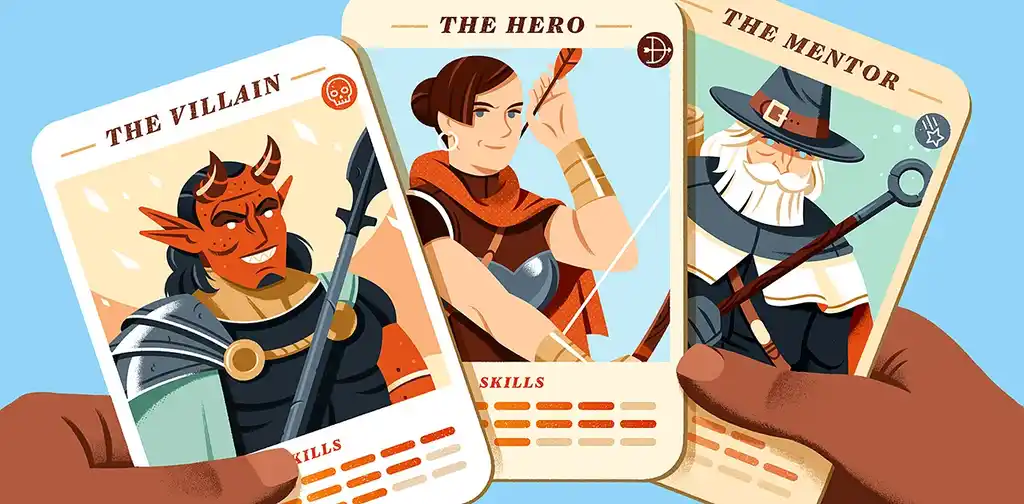
FREE RESOURCE
Reedsy’s Character Profile Template
A story is only as strong as its characters. Fill this out to develop yours.
What is a Dynamic Character?
A dynamic character is a type of character — usually the protagonist or hero — who undergoes major inner change over the course of a story. This evolution is typically reflected in their personality, behavior, perspective, or understanding of life. The evolution of a dynamic character is usually for the better, but it can also turn into a negative arc.
To better grasp the nature of dynamic characters, let’s look at some prime examples from popular culture.
Scrooge in A Christmas Carol
Christmastime mainstay Ebenezer Scrooge is one of the most famous dynamic characters ever written. In Dickens's novella A Christmas Carol, he starts as a bitter, cold-hearted old miser. But over the course of the narrative, through his interactions with three Christmas spirits, he is gradually redeemed. By the end of the story, he is the picture of yule-time joy: generous, compassionate, and warm.
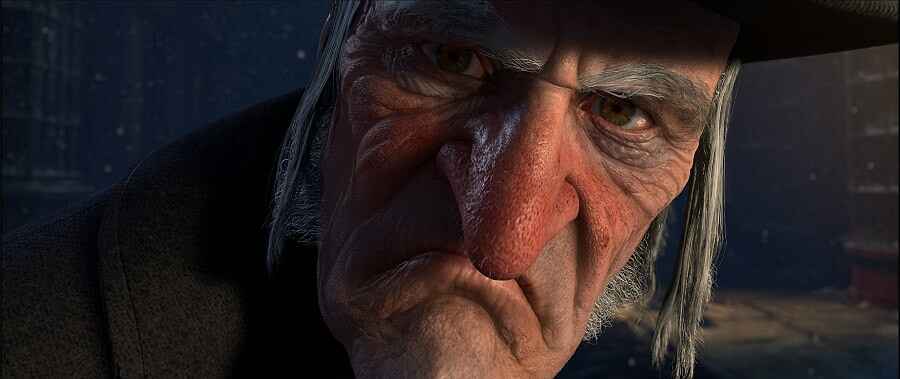
Christopher in The Curious Incident of the Dog in the Night-Time
The narrative arcs of dynamic characters often start when they are confronted with drastic circumstances and forced to adapt. For example, in The Curious Incident of the Dog in the Night-Time, Christopher discovers a dead dog at the beginning of the novel and decides to find out who killed it.
His quest for answers sends him on quite the journey, during which he has to overcome several personal obstacles, such as finding out that his dad killed a dog and that his mum is not dead, as he previously thought, but instead living with his neighbor’s ex-husband in London — events that would surely change anyone’s perspective on life.
To surmount those obstacles and solve the mystery, then come to terms with everything that’s happened, Christopher has to become less naive and more independent — changes that inspire new hope for his future.

As a coming-of-age novel, The Curious Incident is particularly introspective and character-focused. But not every dynamic character needs to experience an earth-shattering change…
Demelza in the Poldark series
Demelza from Winston Graham’s Poldark series is a great example of a serialized dynamic character. At the beginning of Demelza’s story, Captain Ross Poldark saves her from a brawl in the streets and employs her as his maid. Dirty and ragged, Demelza needs cleaning up before she can work in the house.
Here the reader might expect an ugly duckling transformation, but it doesn’t happen like that. Demelza grows more into herself, helping Ross to see her beauty, but it's a gradual change: though she’s trying to fit into her new world, she continues to be awkward and different.
Even when she marries Ross and learns how to read and behave like a lady, she still retains a lot of what makes her character so unconventional. She stands out as brave, brazen, and strong (in an important juxtaposition with Ross’ previous love interest), yet also grows in her social capabilities — achieving her goal of belonging among her new society in her own way.

What Demelza shows is that it’s possible for a character to undergo meaningful change — no matter how many books they star in — without losing what makes them interesting, or becoming a caricature.
Now let's look at the other side of the coin: static characters.
What is a Static Character?
A static character is a type of character who experiences little to no internal change over the course of the story. Even as the plot develops, their personalities, beliefs, and characterization stay the same.
If they don’t change or develop in any way, then why do static characters exist? In most cases, they serve a particular purpose in relation to the protagonist. For example, they might create conflict, build drama, or provide context. Let’s see some examples of the roles static characters can have in a narrative.
A foil character: John Watson in the Sherlock Holmes books
The purpose of a foil character is to draw attention to the attributes of the main character. They might contrast the protagonist, often in a humorous or negative way, or simply provide context by being more conventional.
John Watson is a prime example of a foil character: a side character whose qualities contrast and accentuate the protagonist's most important personality traits. While Watson is modest, selfless, and pragmatic, Sherlock is confident, selfish, and brilliant. As opposites, they expose each other’s strengths.

The fact that Watson and Sherlock are both static characters is quite rare. In most cases, static foil characters stand opposite dynamic protagonists, highlighting the ways in which they change during the narrative. Since the whole point of a foil character is to be completely unlike the protagonist, it’s pretty common for antagonists to be used as foil characters.
An antagonist: Hannibal Lecter or Tom Buchanan
An antagonist is written not only to contrast the protagonist but to be in direct opposition with them. They prevent the protagonist from achieving their goal and this propels the story forward. While the protagonist has to grow to overcome the antagonist’s obstacles, the antagonist usually remains the same (and is defeated).
Hannibal Lecter is one of the antagonists in Thomas Harris’ The Silence of the Lambs. He doesn’t show any sign of growth during the novel (he’s pretty much always terrifying) and so is considered a static character. As Clarice Starling’s foil, however, he both prompts and accentuates the significant change that she undergoes. In one particularly haunting scene, he prods Clarice into revealing the fears and vulnerabilities rooted in her past, exposing her loss of innocence and highlighting how much she has grown in strength and courage.
For a different example, in The Great Gatsby, Fitzgerald shows Gatsby’s internal conflict by putting him at odds with Tom Buchanan (a static character). Tom is everything Gatsby aspires to: an old-money WASP married to Daisy. Despite being repeatedly bested by Tom, Gatsby fails to change in a way that might help him achieve his aspirations of bettering his social standing and getting the girl. When he realizes he will never reach his goal, he instead grows increasingly desperate and careless until eventually (spoiler!) he meets his karmic maker 一 a negative arc indeed.
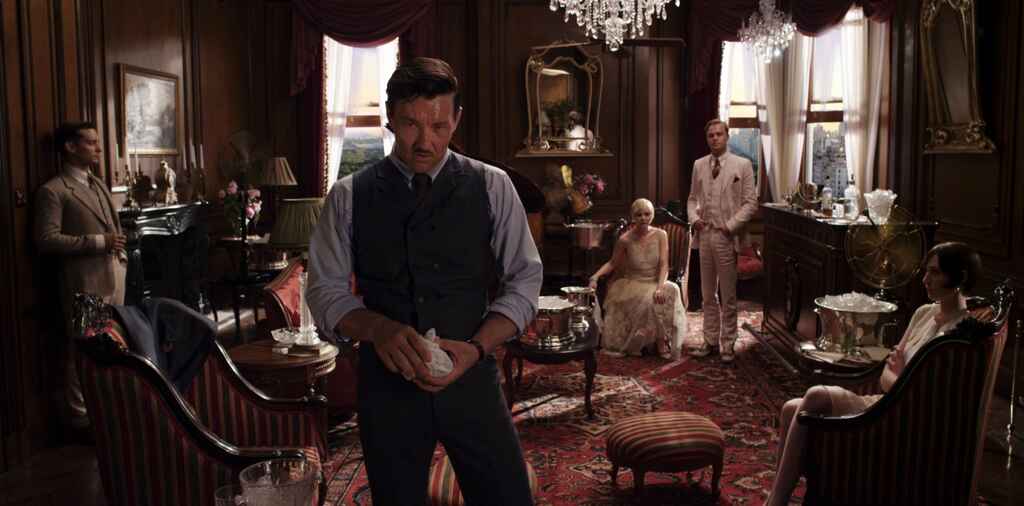
An instructive constant: Atticus in To Kill a Mockingbird
Though silly and evil static characters are far more common, it’s not unheard of for static characters to be positively symbolic or instructive. The attributes and views of these characters provide a guiding constant for the protagonist. A good example of this kind of static character is Atticus Finch in To Kill a Mockingbird.
Atticus is by all accounts a complex, well-rounded character, but he is not dynamic: his attitude and views remain the same throughout the novel. His steadfast morality serves to teach his daughter Scout about right and wrong. She is the dynamic character, while he facilitates that change.
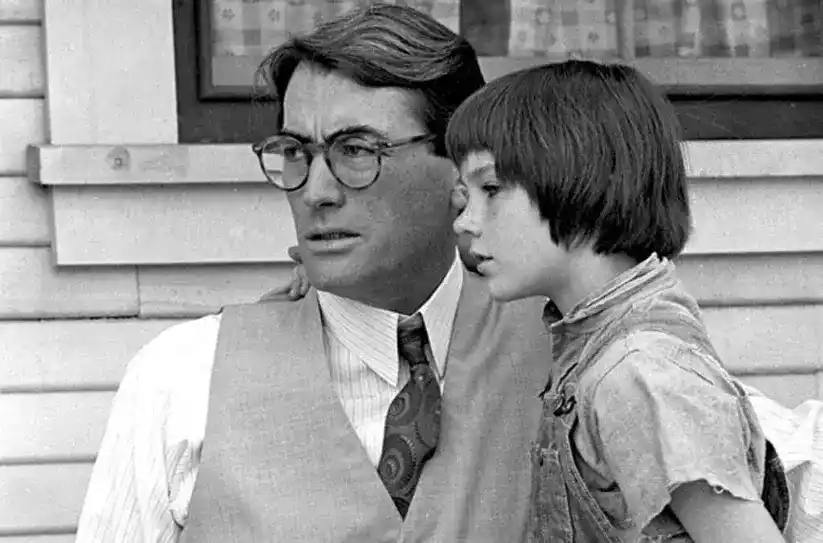
A side character: Mr. Collins in Pride and Prejudice
Static characters don’t always have such a central role to play in a narrative. Sometimes less important side characters are written “static” simply to make a point or poke fun at a certain type of person. The queen of gentle mockery, Jane Austen, features silly, static side characters in many of her novels. Mr. Collins in Pride and Prejudice, for instance, is a shallow society man who never learns his lesson. His foolish nature contrasts humorously with Elizabeth Bennet's sharp wit — another example of the function of the static character overlapping with the function of the foil character.
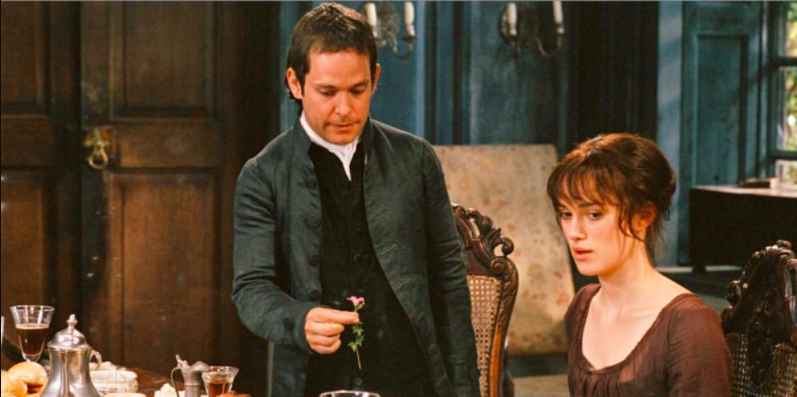
Dynamic vs. Static characters in narrative
Most protagonists are dynamic characters, driven by their goals through a journey of self-discovery. Essentially, their flaws keep them from their goal — and the resolution of these flaws, in order to gain what they desire, creates a dynamic character arc. To achieve success, they must undergo significant change — and even if they fail, they realize something about themselves in the process.
While static characters can certainly have goals (e.g. solve the case, retrieve the MacGuffin, etc), their role is usually to complement dynamic characters 一 without them, many static characters would languish in a plotless wasteland. But that doesn’t mean that they have less depth.
Static characters don't have to be 'flat'
Many people mistakenly believe that a dynamic character is the same as a well-rounded character, and therefore that static characters must be flat. A flat character is one that lacks complexity and motivation — their personality is considered one-dimensional; while "static" simply means that the character’s personality doesn’t change over the course of the narrative.
It is therefore possible — and actually quite common — to have static well-rounded characters: characters who are fleshed out with backstory, motivations, strengths, and weaknesses, but nevertheless change very little, if at all, in a story.
Static villains can also be well-rounded characters. In fact, any good villain should have an interesting backstory that feeds their motivations, strengths, and weaknesses. Gollum, as we meet him in the Lord of the Rings trilogy, is a static character: though complex, he remains tormented by and fixated on the ring until his death. But through his backstory, we come to understand his journey earlier in life from virtuousness to wickedness, and our sympathy deepens.
Both dynamic and static characters have a seat at the storytelling table. While the transformative arc of dynamic characters captivates readers with exciting growth, the stability of static characters enrich narratives by offering contrast and depth. Using this mix of character change and constancy is a great devise to tell compelling and complex stories.










